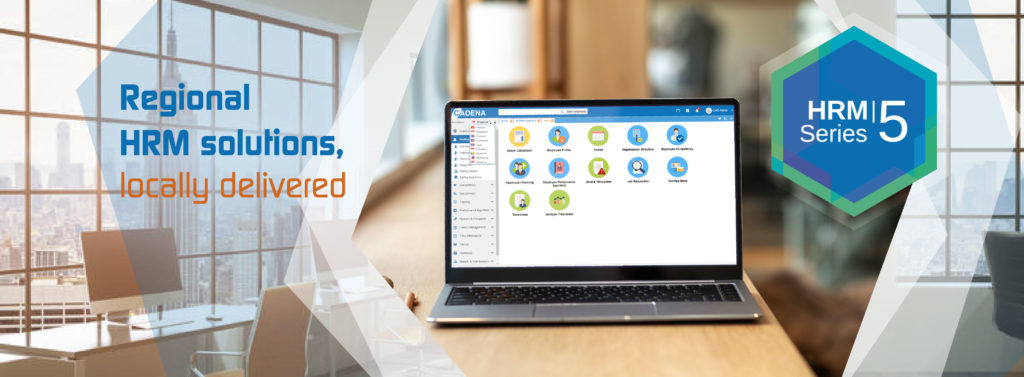HR Managers are busy and do not always have the necessary time to research consciously their HRIS solution. Most of the time, decisions are simply made based on two factors: cost and speed of implementation. However, the criteria on which you should base your opinion are much broader. And so here are five simple steps that you could apply in order to pick the right HRIS for your company.
Step 1: Identify your company’s need
It is crucial to have a good understanding of the organization’s operational needs. This requires a complete and global vision of the HR function and its management. The needs of your enterprise and the current gaps can be precisely identified by answering four simple but essential questions:
• How are your current HR workflow and policies?
• What are the issues that you’re facing right now? Combine the requests issued from all the various HR stakeholders as well as the ones from your IT department. Altogether, these requirements will steer you in the right direction toward the type of HR software you need.
• How many people are currently involved?
• How much is your company’s budget for HRIS?
• How much time do my collaborators and I spend on these activities?
Step 2: Market research and compare the HRIS providers
It is important to choose the right provider that will help the company prepare the foundation, support training, help reduce the transition, handle the risk of encountering errors and always accompany throughout the process of using the software. It is never a bad idea to do a little research on their Implementation experience, and customer references to evaluate the actual capacity of the software supplier. Consult with customers who have used your provider’s services to have an objective view of the supplier you are choosing.
Step 3: Request for a demonstration
After filtering out the most suitable software providers, you will be able to prepare a selection process involving a product demonstration, a face-to-face meeting or a Q&A session. Remember to make a report to follow up and to compare among different providers, this will make it easy for you to evaluate and decide later on.
Step 4: Ask questions
During the software demo provider process, it is recommended to notice the following criteria: User-friendly, practical integration with existing software; how simple is data migration; flexibility of system’s configuration, high performance; Diverse reporting system. So, make sure you ask the providers the following questions.
Based on the criteria you would have established, you will be able to know what you expect from your future HR solution, you can put together a list of the features that will be required, put them in order of priority and seek solutions from the providers. This is how you will design the trajectory of your future HRIS.
Step 5: Make A Final Decision & Stick to It!
By establishing your expectations ahead of time, you will be fully aware of what to look for during those product meetings which will help make an informed comparison of the potential candidates.
Choosing an HRIS solution can be quite time-consuming, but if you have followed the above four steps, you should be well equipped to see the most suitable software provider under your desired price range and make the right decision that will be relevant for your organization in the long term. Now rest on convincing the higher management that you’ve chosen the best and most efficient solution.








